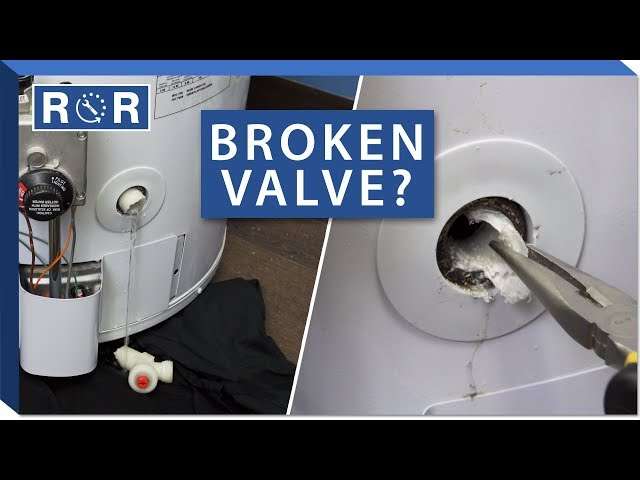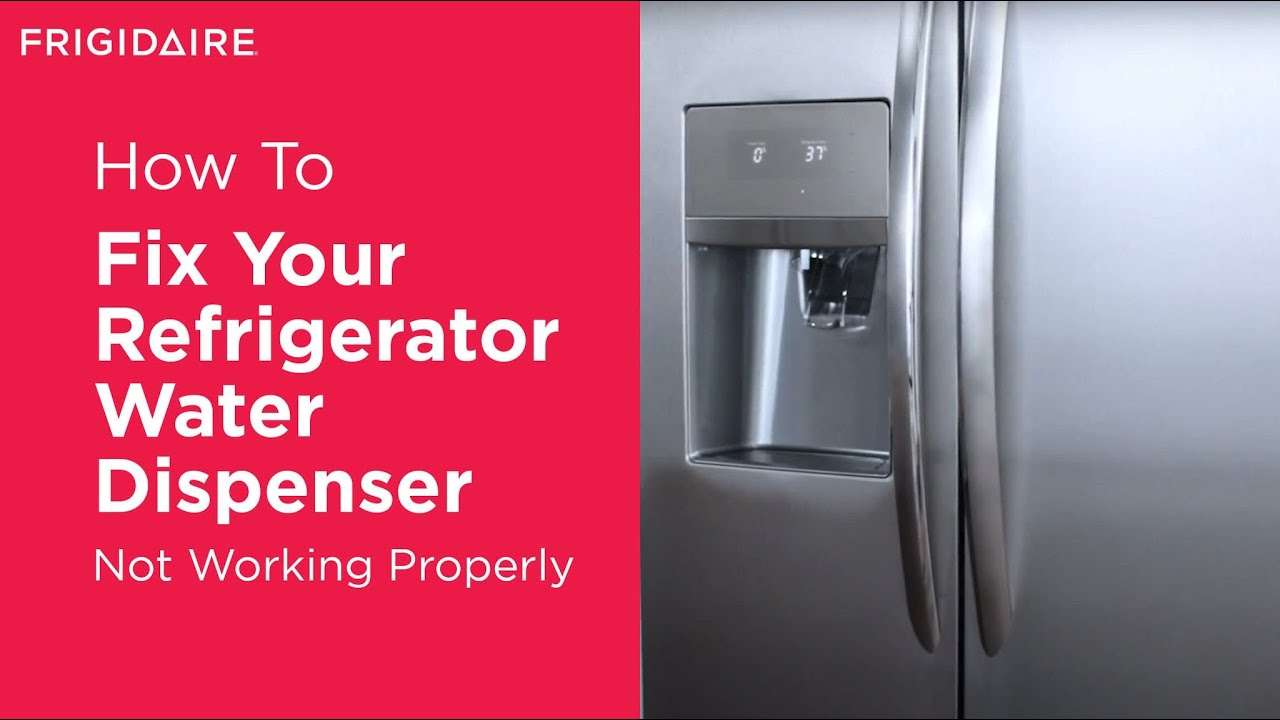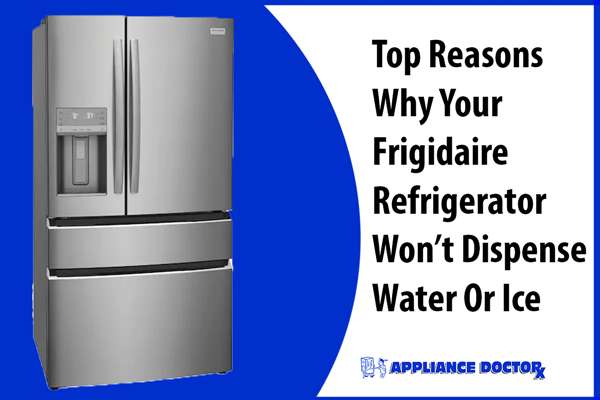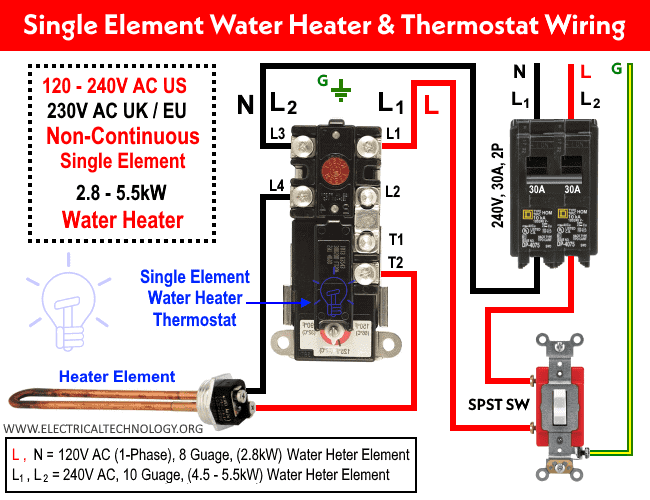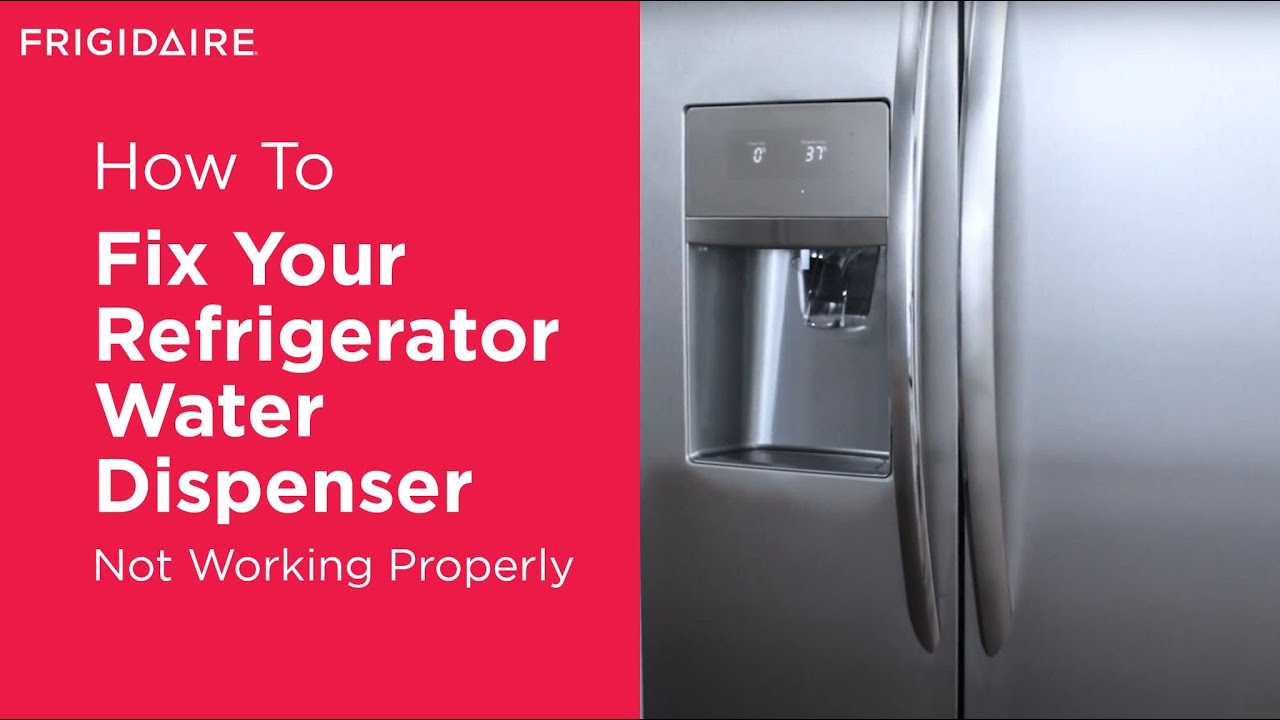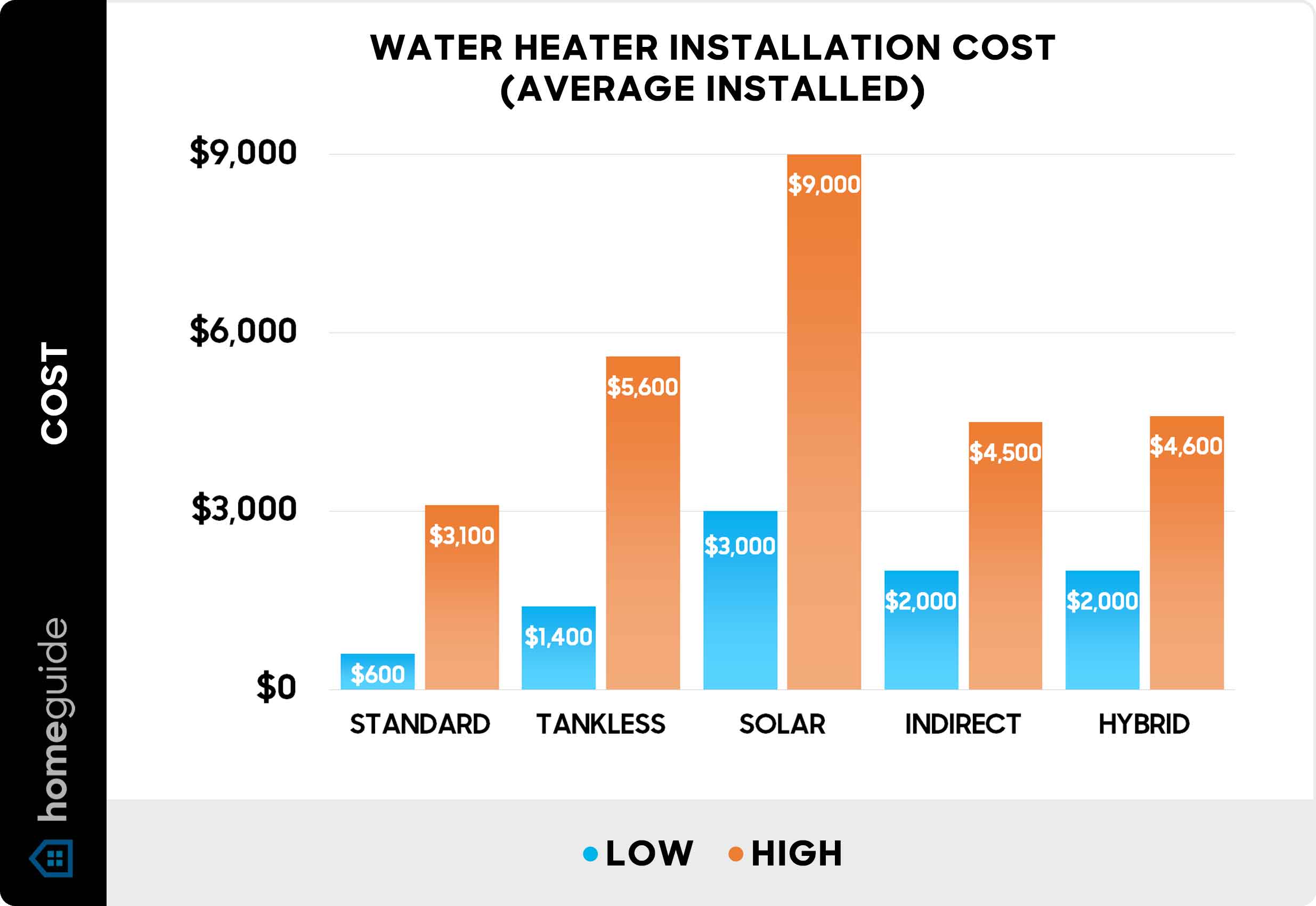Adjusting the temperature on your gas hot water heater is a relatively simple task, but it’s crucial for both safety and energy efficiency. Many homeowners overlook the importance of setting the correct water temperature, leading to potential scalding risks and unnecessarily high energy bills. Finding the sweet spot ensures a comfortable and safe showering experience while minimizing wasted energy. Therefore, understanding the process of how to adjust temperature on gas hot water heater is essential for responsible homeownership. By following a few key steps, you can easily optimize your system’s performance and save money.
Understanding Your Gas Hot Water Heater
Before you begin, it’s important to understand the basic components of your gas hot water heater. Most models have a control panel located near the bottom of the unit. This panel typically includes a temperature dial or knob, a pilot light, and sometimes a reset button. Consult your owner’s manual for specific details regarding your model. Knowing the specific location and function of these components will make the adjustment process much smoother.
Steps to Adjust the Temperature
Follow these steps to safely and effectively adjust the temperature of your gas hot water heater:
- Locate the Control Panel: As mentioned earlier, the control panel is usually found near the bottom of the unit. Look for a dial or knob with temperature markings.
- Turn Off the Gas Supply (Optional but Recommended): For added safety, turn off the gas supply to the heater. This is usually done by turning a valve located on the gas line leading to the heater.
- Adjust the Temperature: Use the dial or knob to set the desired temperature. A recommended setting is typically around 120°F (49°C) to prevent scalding.
- Turn the Gas Supply Back On (If Turned Off): Carefully turn the gas supply back on.
- Monitor the Water Temperature: Wait a few hours and then test the hot water at a faucet. If the temperature is not to your liking, repeat steps 2-4, making smaller adjustments each time.
Safety Precautions
Safety is paramount when working with gas appliances. Always remember these precautions:
- Never set the temperature too high, as this can cause scalding. The U.S. Environmental Protection Agency (EPA) recommends a setting of 120°F (49°C).
- If you smell gas, immediately turn off the gas supply and contact your gas company or a qualified technician.
- Ensure proper ventilation around the hot water heater.
- If you are not comfortable working with gas appliances, hire a qualified technician.
Troubleshooting
Sometimes, you may encounter issues when adjusting your hot water heater. Here are a few common problems and potential solutions:
Problem: No Hot Water
- Possible Cause: Pilot light is out.
- Solution: Relight the pilot light according to the manufacturer’s instructions.
Problem: Water Too Hot
- Possible Cause: Temperature setting is too high.
- Solution: Lower the temperature setting on the control panel.
Problem: Water Not Hot Enough
- Possible Cause: Temperature setting is too low.
- Solution: Increase the temperature setting on the control panel.
Adjusting the temperature on your gas hot water heater is essential for safety and efficiency. By following these simple steps and safety precautions, you can ensure a comfortable and safe hot water supply for your home. Remember to consult your owner’s manual for specific instructions related to your model. Finally, mastering how to adjust temperature on gas hot water heater will save you money.
Beyond temperature adjustments, regular maintenance can extend the life of your gas hot water heater and optimize its performance. Sediment buildup is a common issue that can reduce efficiency and even damage the tank. Draining the tank periodically helps remove this sediment.
MAINTAINING YOUR GAS HOT WATER HEATER
Here are some key maintenance tasks to consider:
– Annual Flushing: Drain a few gallons of water from the tank annually to remove sediment. Connect a hose to the drain valve at the bottom of the tank and run the water into a drain. Be cautious, as the water will be hot.
– Inspect the Anode Rod: The anode rod is a sacrificial metal rod designed to corrode instead of the tank itself. It should be inspected every few years and replaced if necessary. A corroded anode rod can lead to premature tank failure.
– Check for Leaks: Regularly inspect the tank and surrounding connections for any signs of leaks. Address leaks promptly to prevent water damage and potential hazards.
– Insulate the Tank and Pipes: Insulating the tank and hot water pipes can reduce heat loss and improve energy efficiency. Tank insulation jackets are readily available at most hardware stores.
ENERGY EFFICIENCY CONSIDERATIONS
Optimizing the energy efficiency of your gas hot water heater not only saves you money but also reduces your environmental impact. Here are some tips:
– Lower the Thermostat: As mentioned earlier, setting the thermostat to 120°F (49°C) is generally sufficient for most households and minimizes energy waste.
– Reduce Hot Water Usage: Be mindful of your hot water consumption. Take shorter showers, repair leaky faucets promptly, and use cold water for laundry when possible.
– Consider a Tankless Water Heater: If you’re replacing an old water heater, consider switching to a tankless model. Tankless water heaters heat water on demand, eliminating the standby heat loss associated with traditional tank-style heaters.
– Install Low-Flow Showerheads and Faucet Aerators: These devices reduce water consumption without sacrificing water pressure.
By implementing these maintenance and energy efficiency practices, you can ensure that your gas hot water heater operates safely, efficiently, and reliably for years to come. Remember to consult a qualified technician for any repairs or maintenance tasks that you are not comfortable performing yourself. With a little bit of attention, this essential appliance can provide years of comfortable hot water while minimizing energy costs.

